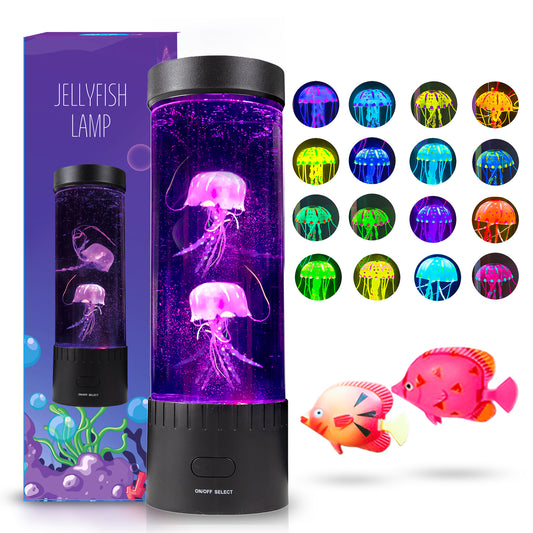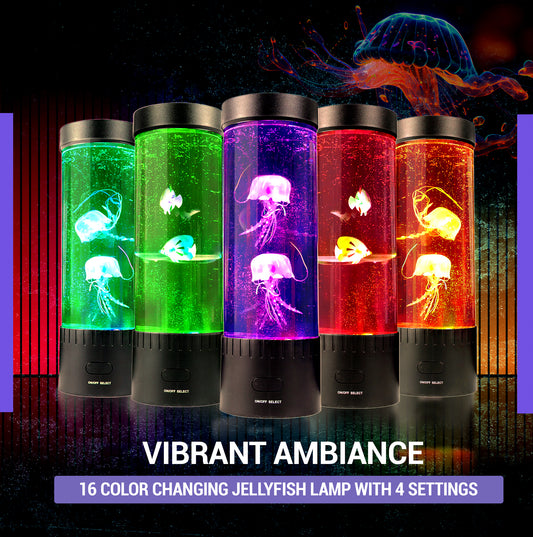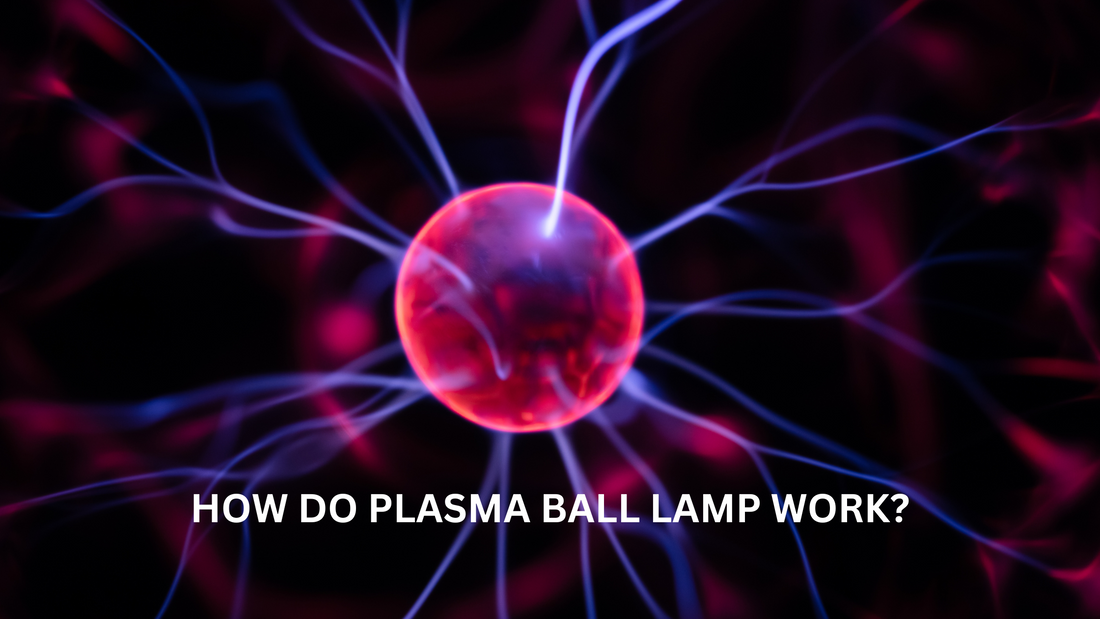Plasma ball lamps, such as the 3-inch Brewish Touch Sensitive Nebula Globe, are fascinating devices that attract attention with their glowing, dynamic tendrils. These lamps are popular as toys, gifts, and decorations, captivating both kids and adults alike. But what makes these plasma ball lamps work, and why are they so intriguing? Let's explore the science behind plasma ball lamps and delve into the specifics of how they operate.
The Basics of Plasma Ball Lamp
A plasma ball lamp consists of a transparent glass sphere filled with a mixture of low-pressure noble gases like neon, argon, or xenon. At the center of the sphere is a metal electrode, typically made of tungsten or a similar conductive material, which is connected to a high-voltage transformer. This central setup creates the glowing, undulating tendrils that are the hallmark of plasma ball lamps.
Plasma balls are based on the principles of ionization and electromagnetic fields. The high-voltage transformer generates electrical energy that ionizes the gases inside the sphere, creating plasma. Plasma is a state of matter where electrons are stripped from their atoms, resulting in a conductive and glowing substance. The electric fields generated by the transformer control the behavior of the plasma, leading to the characteristic patterns within the plasma ball.

Key Components of Plasma Ball Lamps
Let's break down the essential components of a plasma ball lamp and understand their roles in creating the unique effects:
-
Glass Sphere: The outer shell is a clear glass sphere, usually ranging in size from a few inches to over a foot in diameter. The sphere contains the noble gases and allows the visual effects of the plasma to be seen.
-
Noble Gases: Inside the sphere is a mixture of noble gases, typically neon, argon, or xenon, at low pressure. These gases are known for their ability to emit light when ionized, with each gas producing different colors: neon gives a red-orange glow, argon a bluish-purple hue, and xenon a white or bluish-white light.
-
Central Electrode: The central electrode is the source of the electric field. It is connected to a high-voltage transformer that provides the energy needed to ionize the gases. The electrode's oscillating electric field creates the plasma and directs its movement.
-
High-Voltage Transformer: This component generates the high voltage necessary to create the electric field within the sphere. It typically produces a high-voltage, low-current alternating current (AC) signal, usually in the range of 2,000 to 5,000 volts with a frequency of about 20 kHz. The high frequency helps generate the oscillating electric field that ionizes the gases.

How Does a Plasma Ball Lamp Work?
When the plasma ball lamp is turned on, the high-voltage transformer generates an electric field that emanates from the central electrode. This electric field is strong enough to ionize the noble gases inside the sphere, stripping electrons from their atoms and creating plasma. The plasma emits light due to the recombination of electrons with ions, resulting in the mesmerizing glow that characterizes plasma ball lamps.
The electric field's oscillations cause the plasma to follow specific paths, creating the tendrils or streams of light that seem to dance and move within the sphere. These tendrils extend from the central electrode to the outer edges of the sphere, following the lines of the electric field.
Interaction with Plasma Ball Lamps
One of the most captivating features of plasma ball lamps is their responsiveness to touch. When you place your hand on the glass sphere, you create a point of lower electric potential. The plasma is attracted to this point, causing the tendrils to converge and intensify around the area of contact. This creates an interactive experience, as you can manipulate the plasma by moving your hand along the surface of the sphere.
The touch-sensitive interaction is possible because the human body conducts electricity. By touching the glass sphere, you provide a path for the electric field to travel, drawing the plasma toward your hand. This effect not only adds to the visual appeal of plasma ball lamps but also provides an engaging and educational experience.

Applications and Uses of Plasma Ball Lamps
Plasma ball lamps have a variety of uses and applications, making them popular for a range of purposes. Here are some common applications:
-
Decorative Items:
- Plasma ball lamps are often used as decorative pieces in homes, offices, and dorm rooms. Their vibrant colors and dynamic patterns make them eye-catching additions to any space.
-
Nightlights:
- Due to their soft glow and soothing patterns, plasma ball lamps are popular as nightlights. They provide just enough light to illuminate a room without being too bright, creating a calming atmosphere.
-
Educational Tools:
- Plasma ball lamps are excellent for demonstrating principles of physics and electricity. Teachers and educators often use them in classrooms to explain concepts like ionization, conductivity, and electromagnetic fields. The interactive nature of plasma balls makes them effective teaching aids.
-
Entertainment:
- The playful and interactive nature of plasma ball lamps makes them enjoyable for both children and adults. The ability to control the tendrils with a touch adds an element of fun, making these lamps popular at parties and gatherings.
Safety Considerations
While plasma ball lamps are generally safe to use, there are some safety considerations to keep in mind:
-
Glass Safety:
- The glass sphere is delicate and can break if dropped or subjected to excessive force. Handle the lamp with care and keep it in a safe location to prevent accidents.
-
Electrical Safety:
- Although the high-voltage transformer generates a significant electric field, the current is low, making it safe to touch the glass sphere. However, it's important not to disassemble or tamper with the internal components, as this could lead to electrical hazards.
-
Overheating:
- Plasma ball lamps can generate heat, especially around the central electrode. Ensure the lamp has adequate ventilation and avoid placing flammable materials near it.







